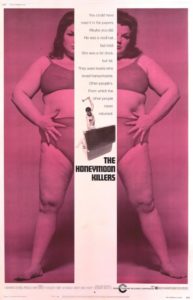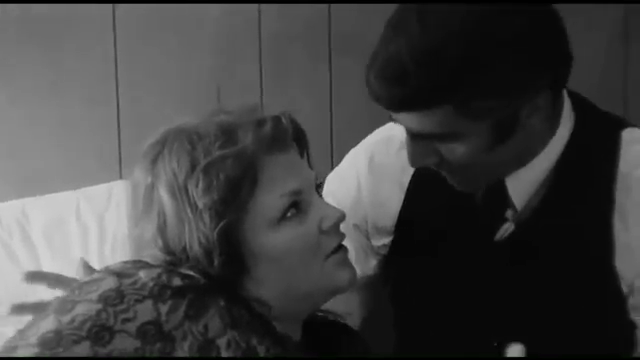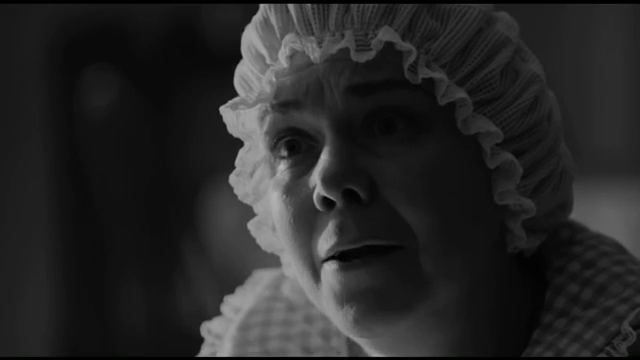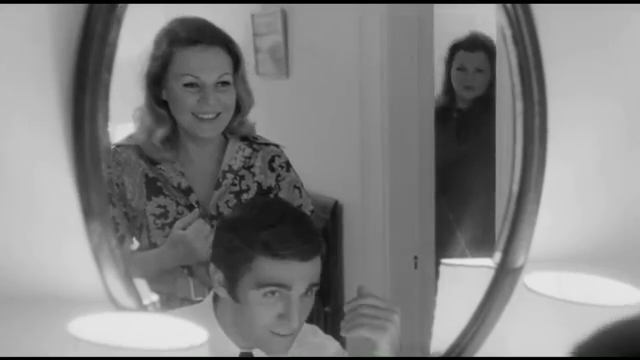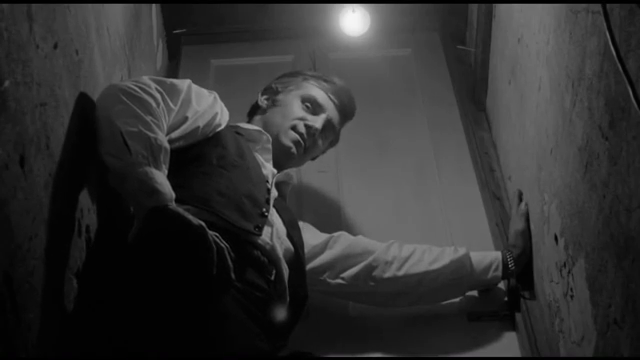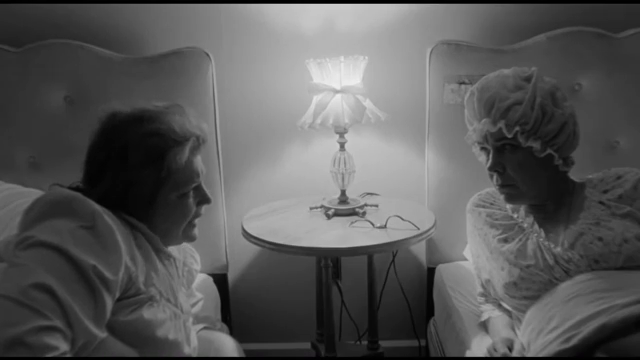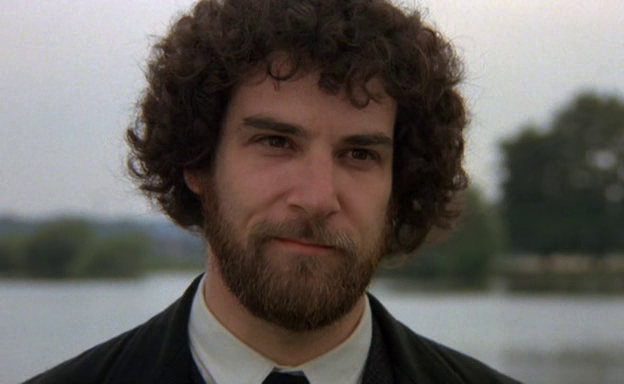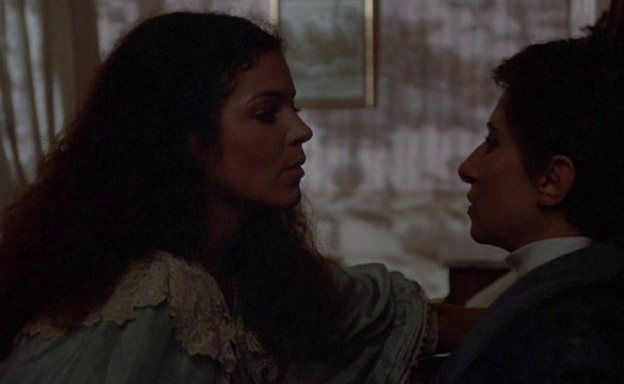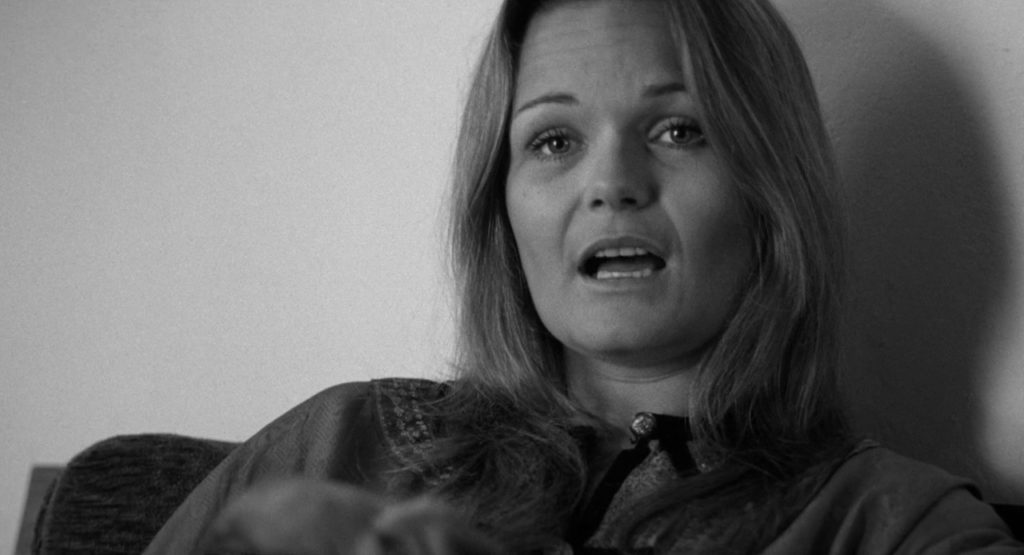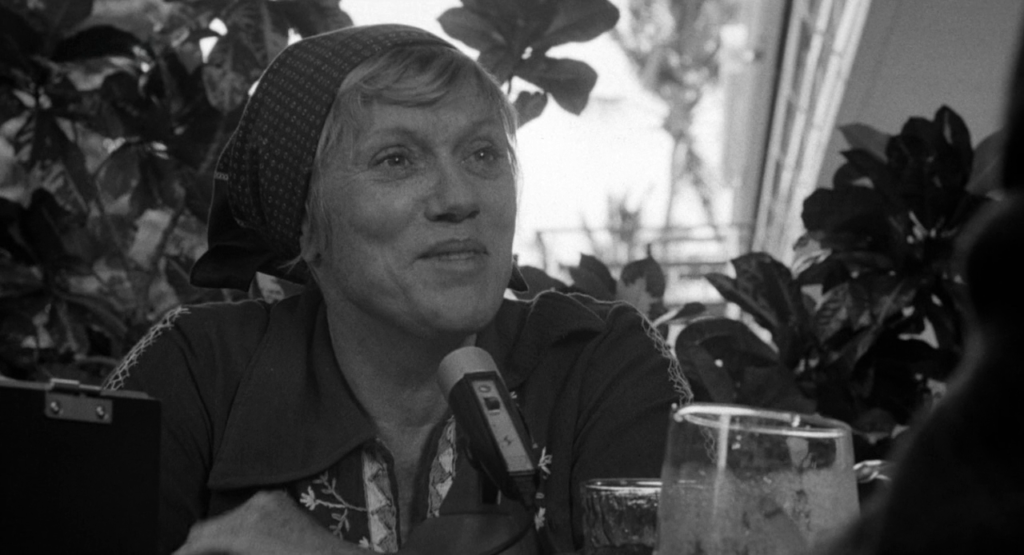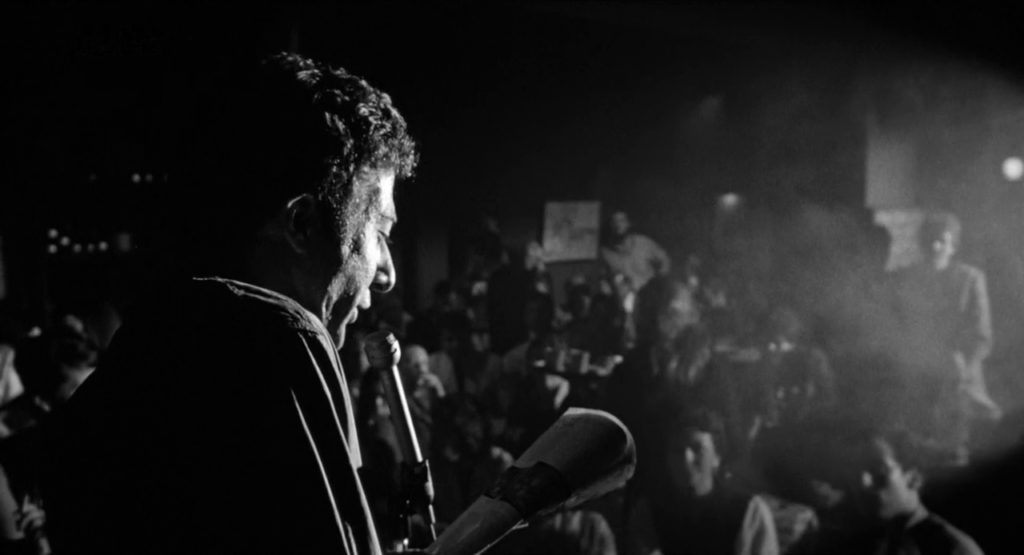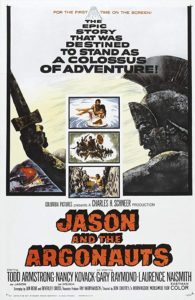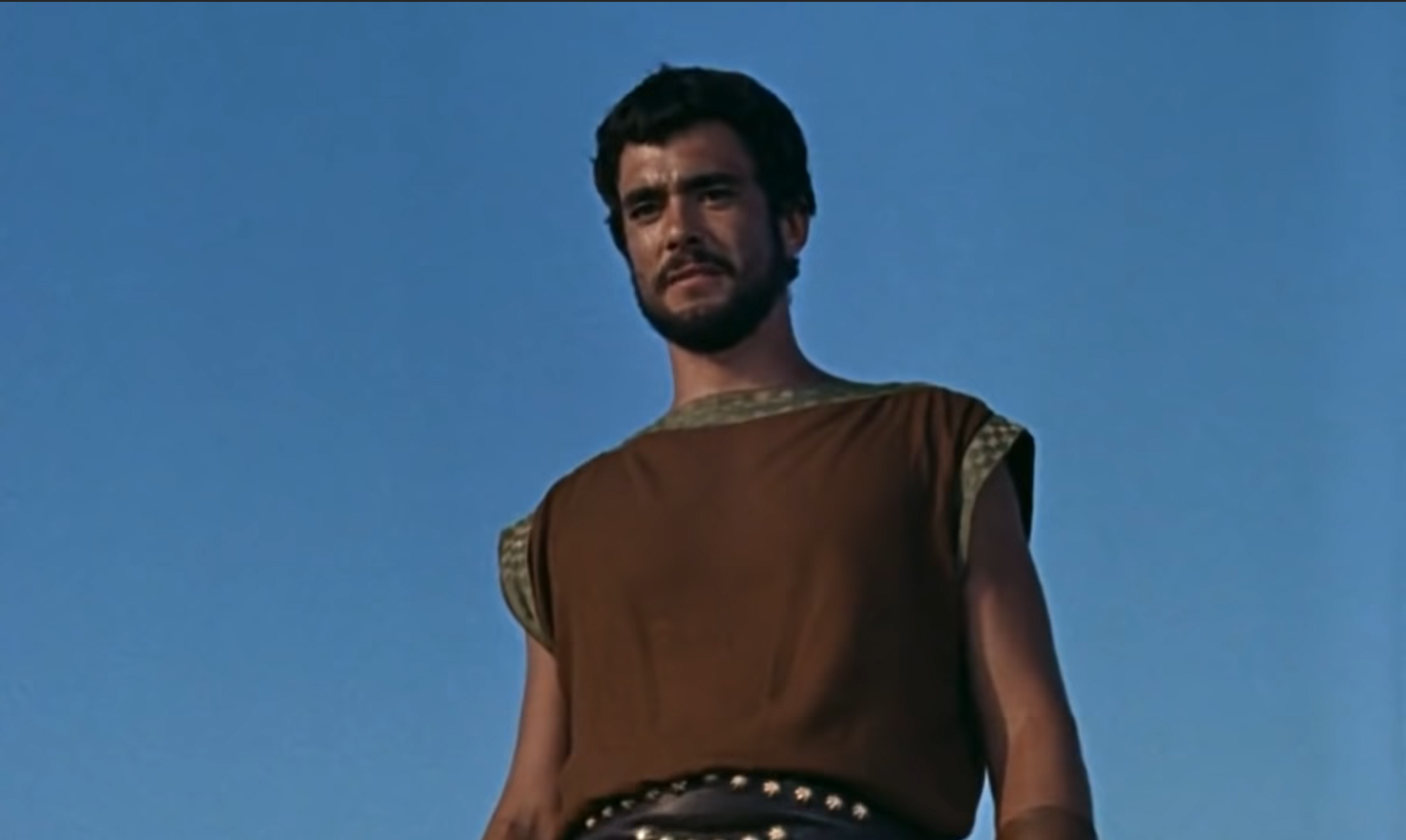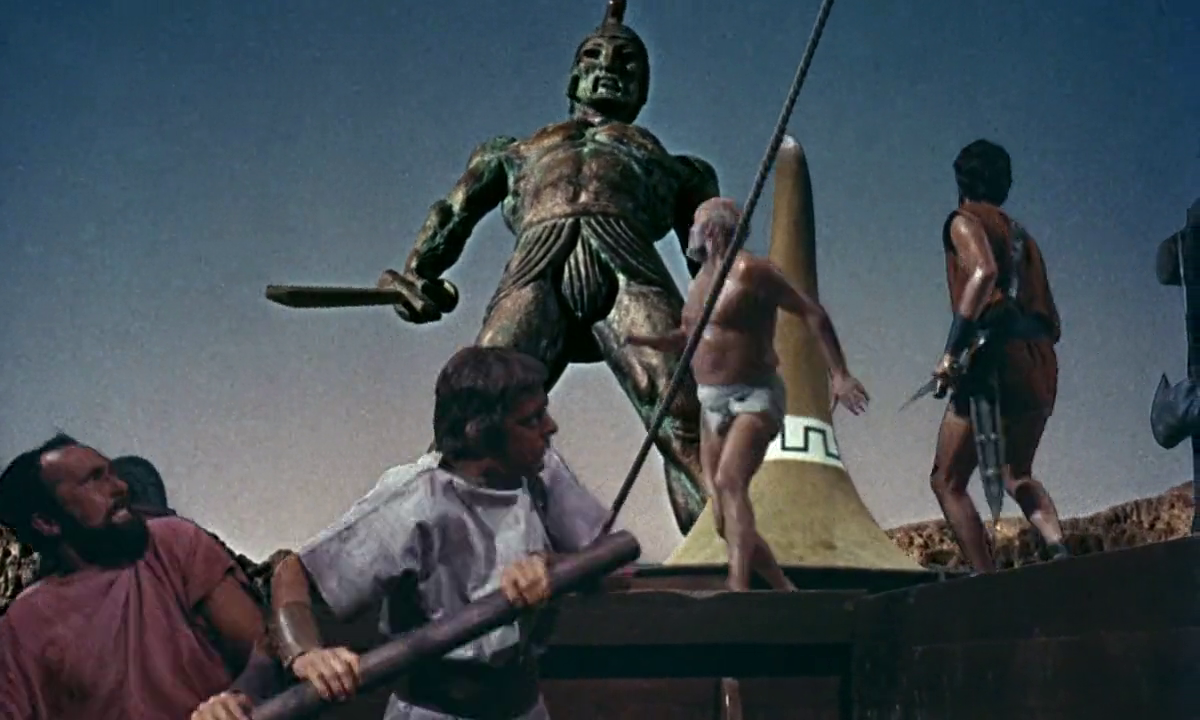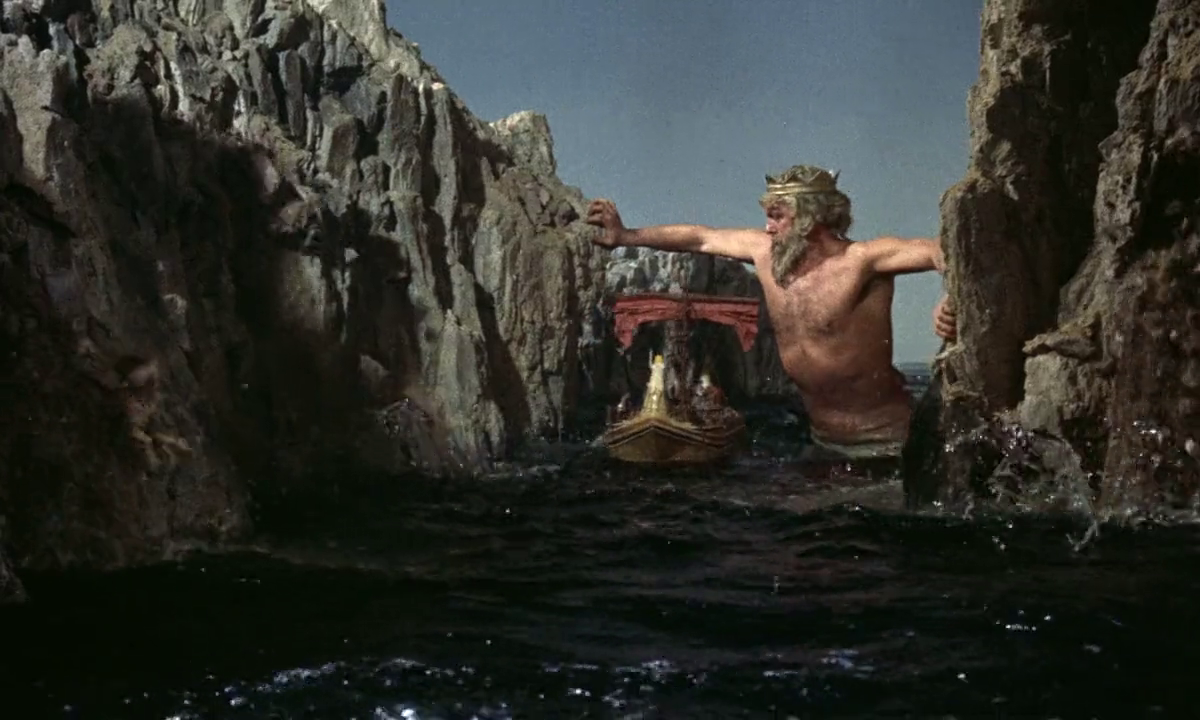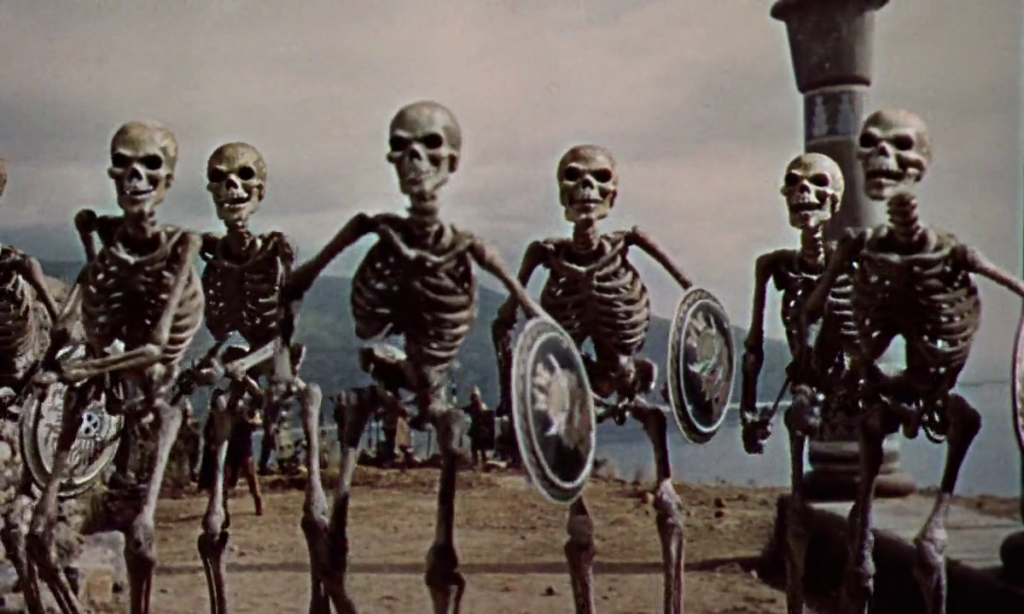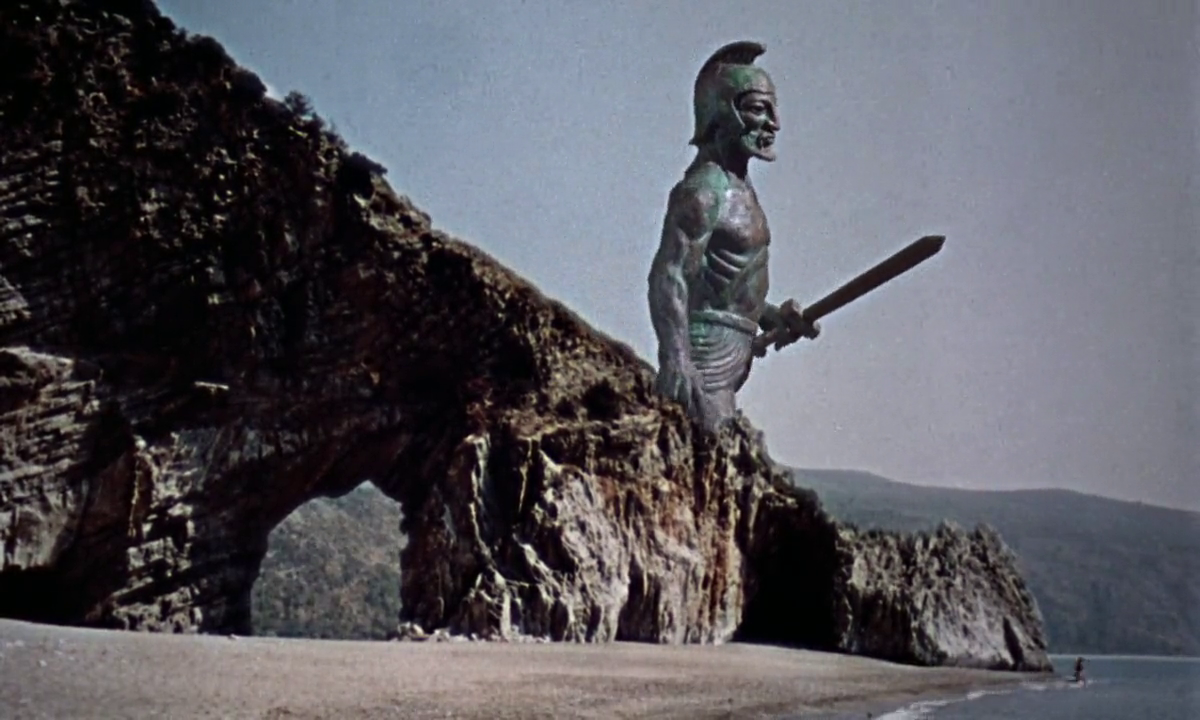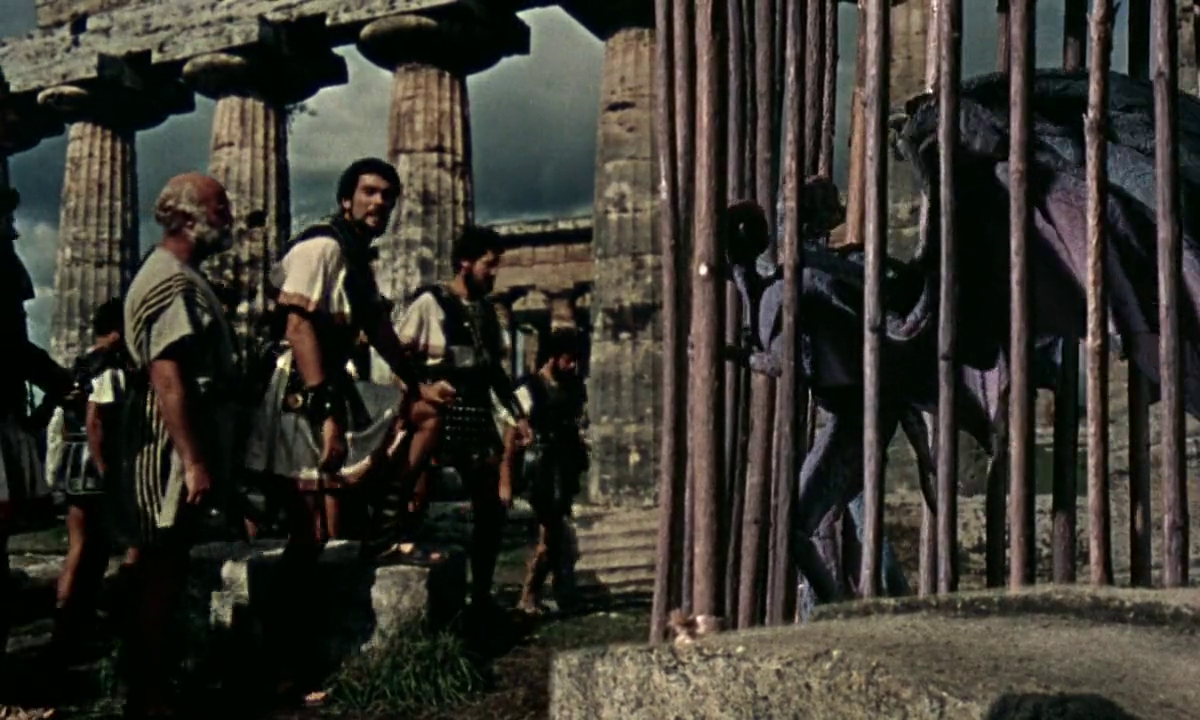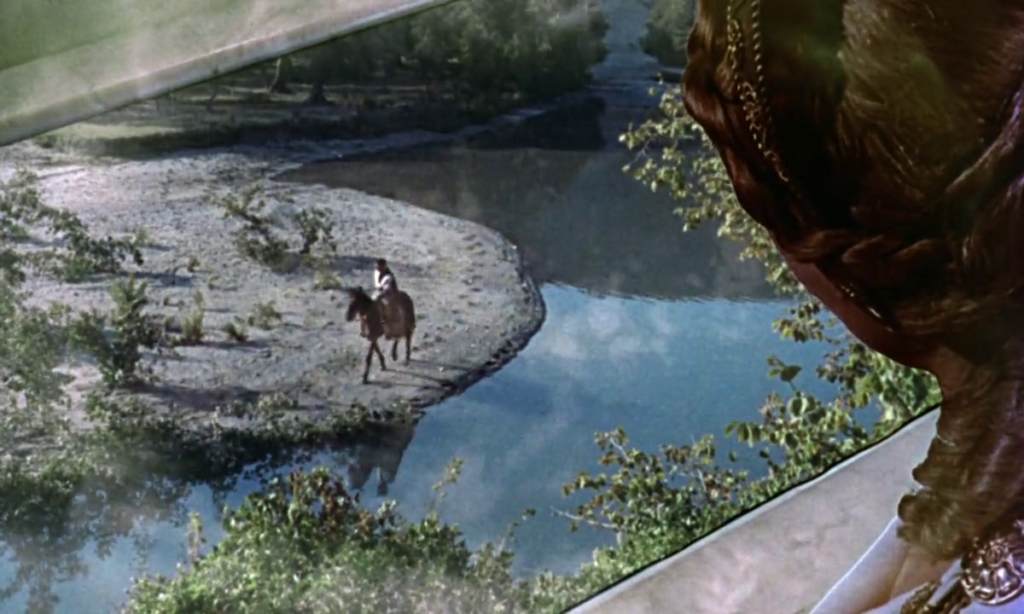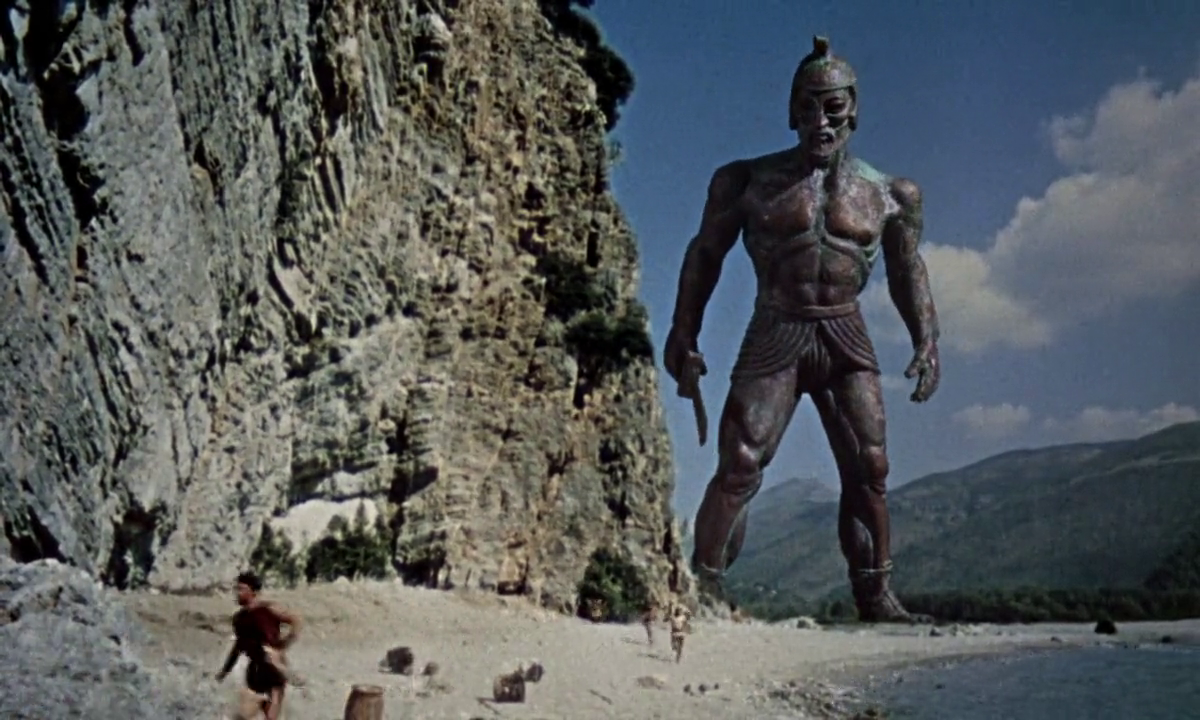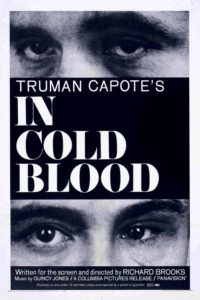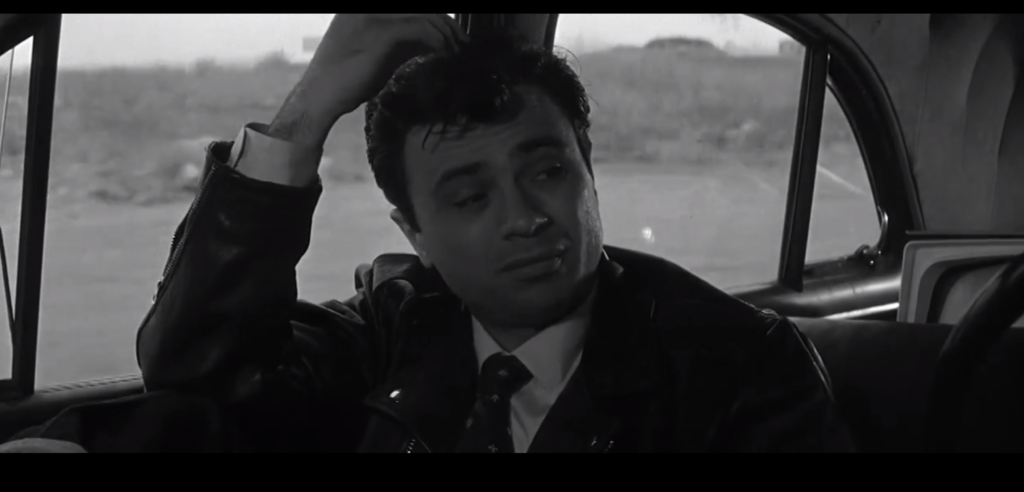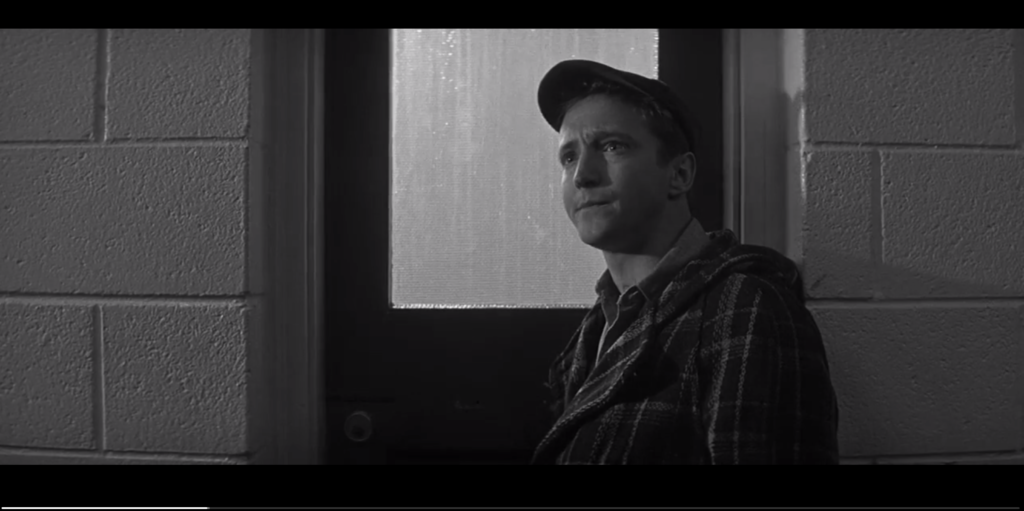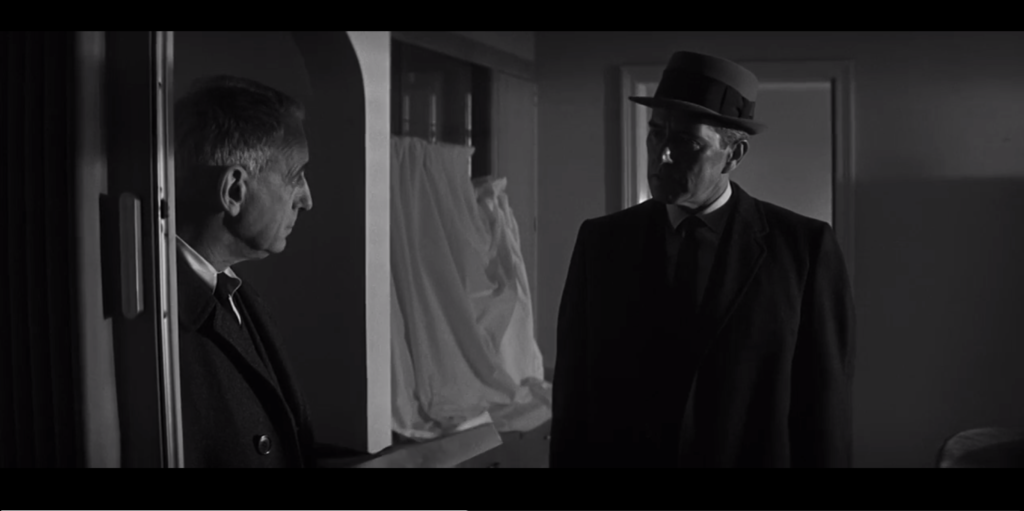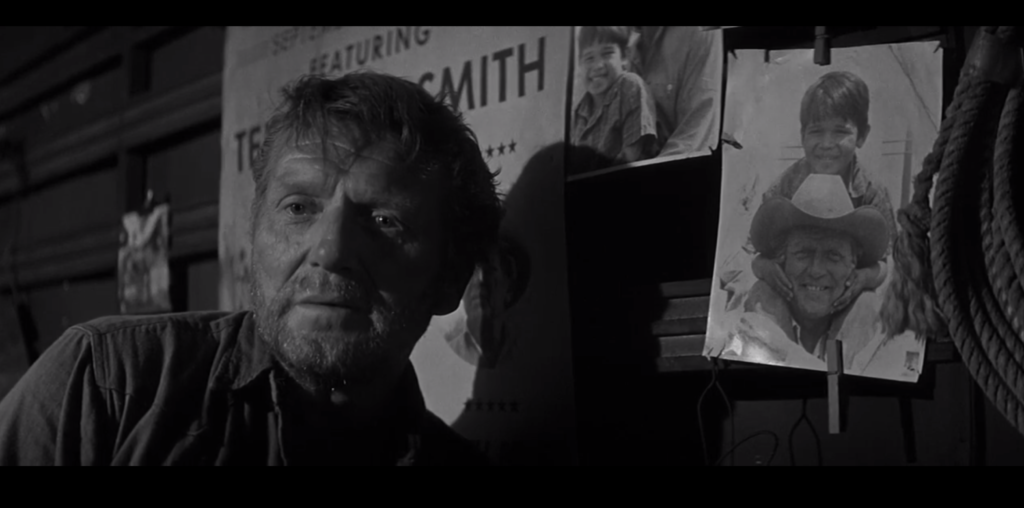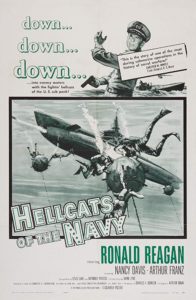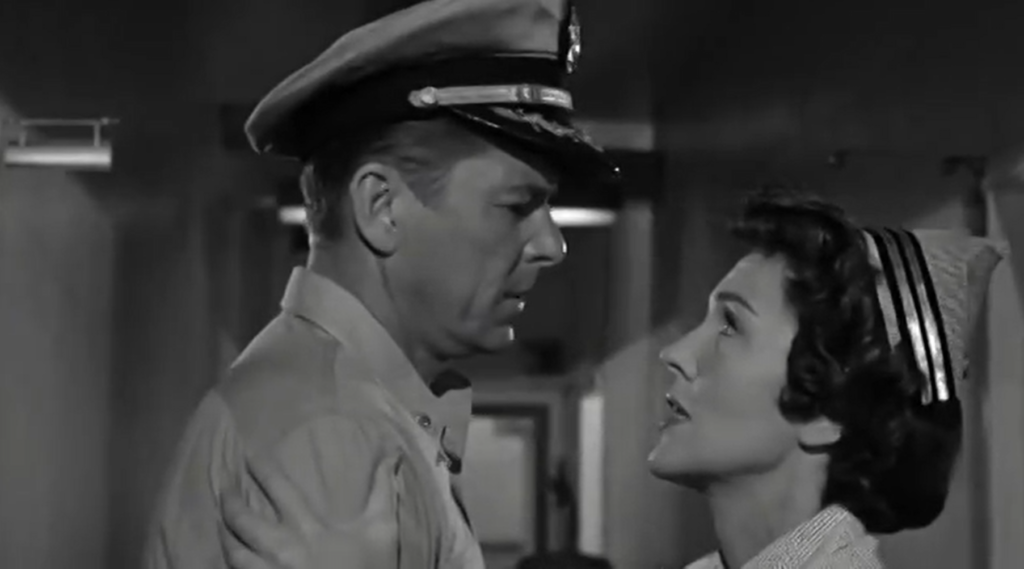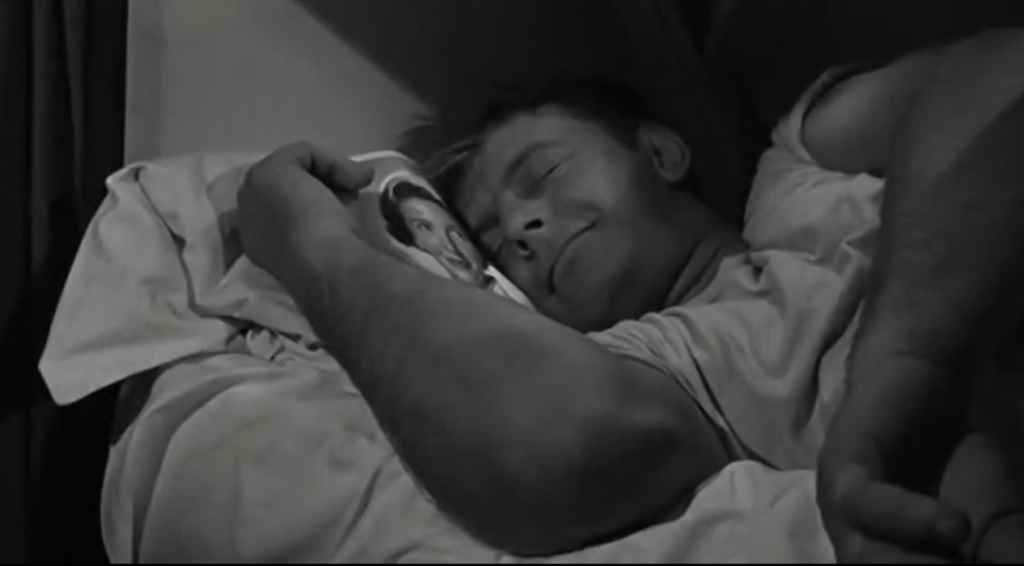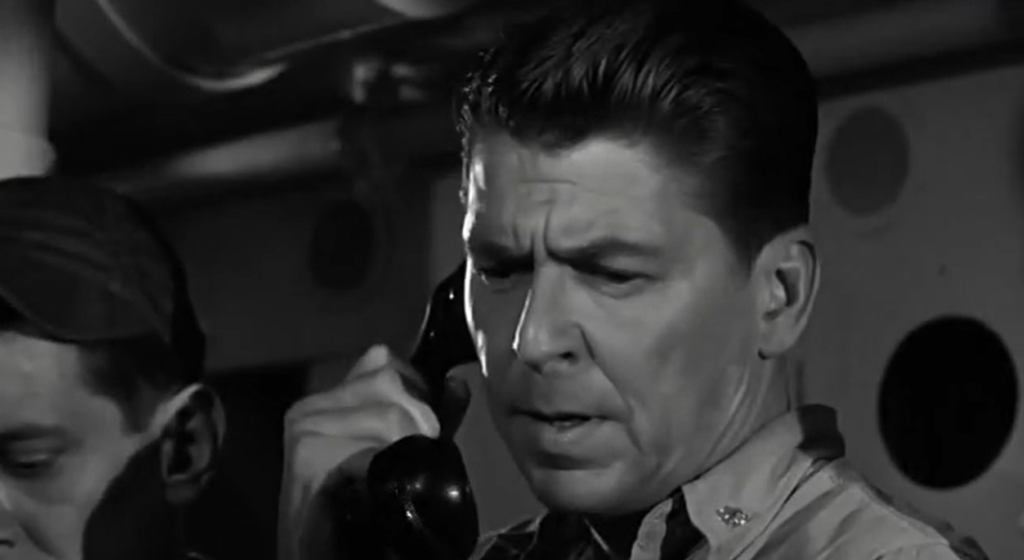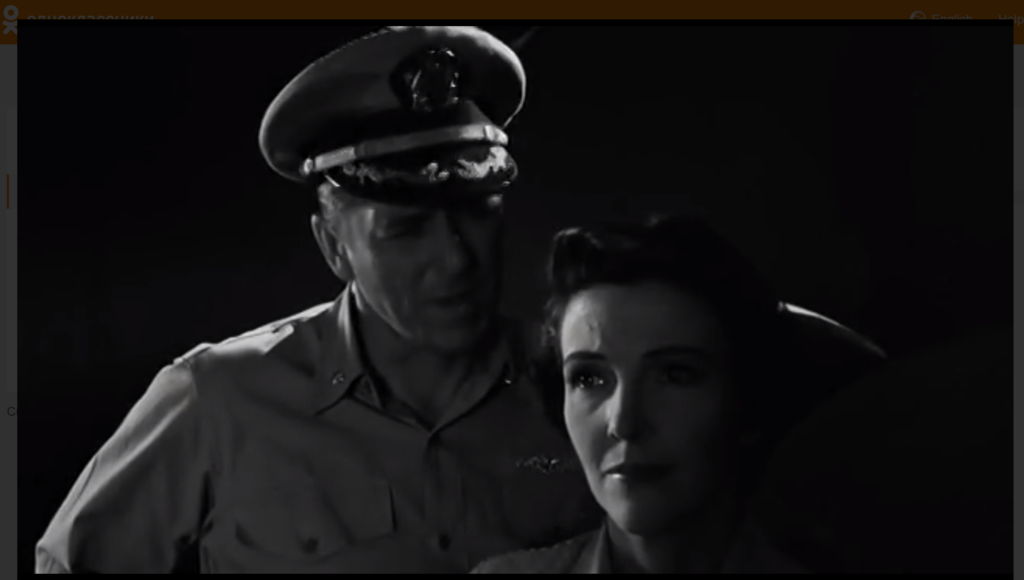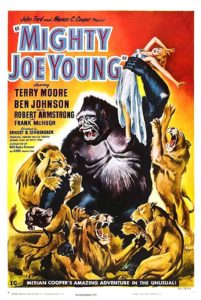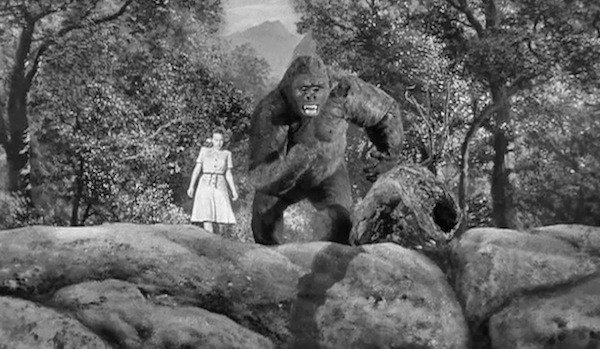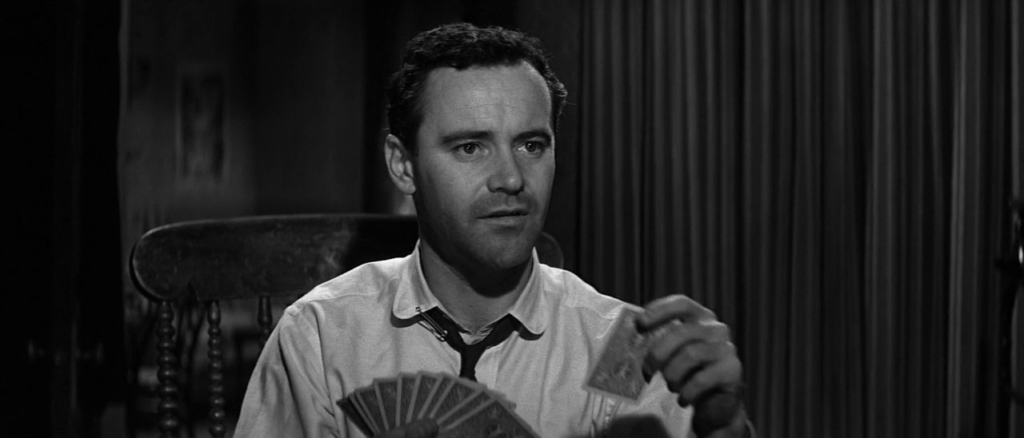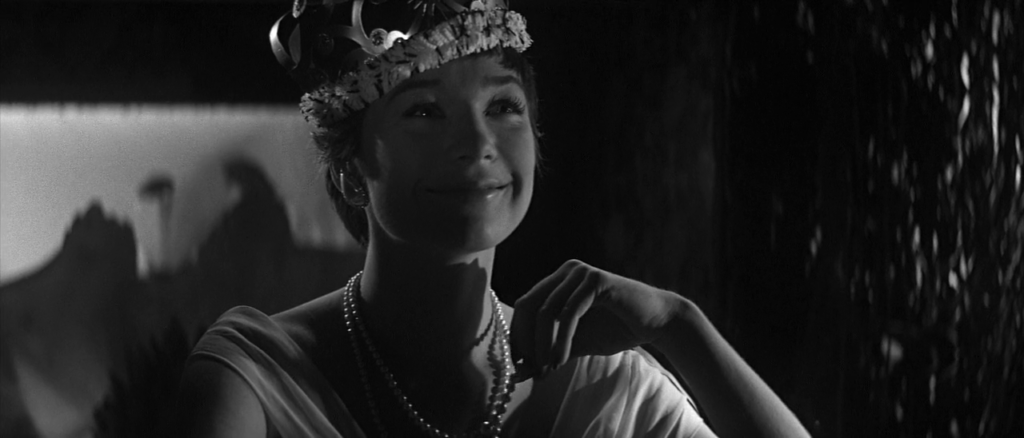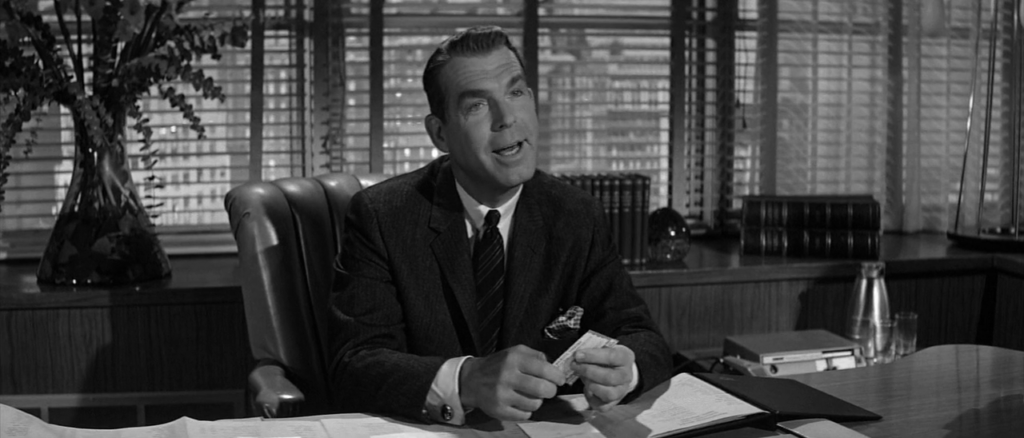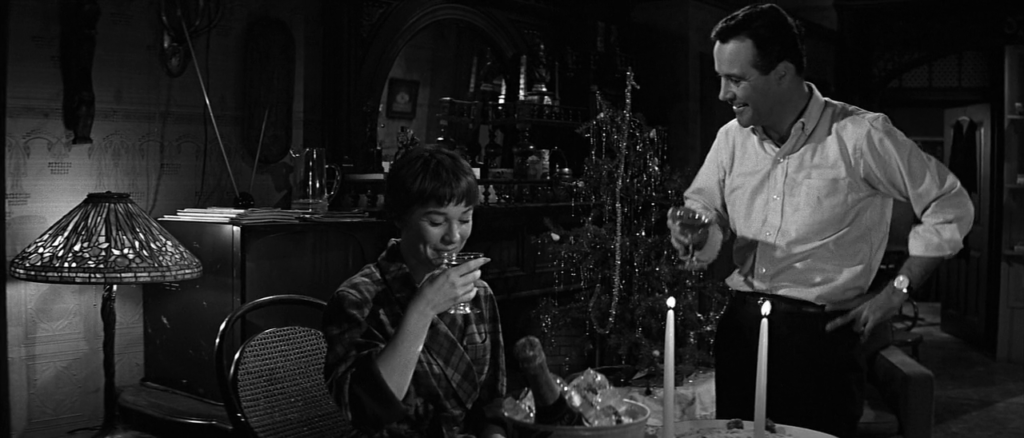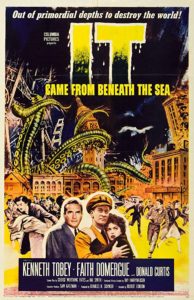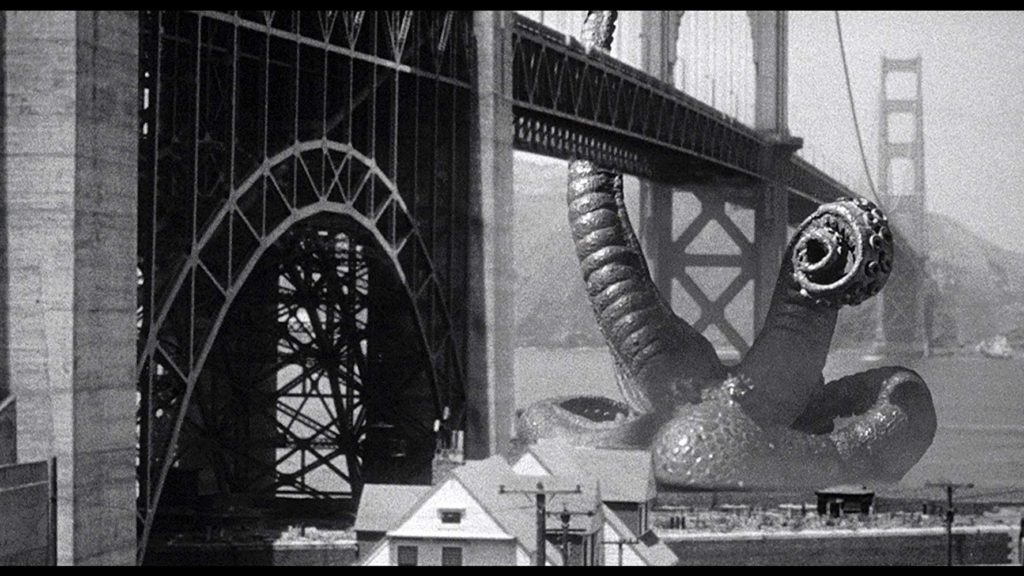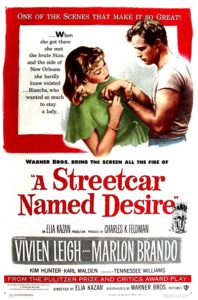|
Genres, Themes, Actors, and Directors:
- Deep South
- Elia Kazan Films
- Karl Malden Films
- Kim Hunter Films
- Marlon Brando Films
- Mental Breakdown
- Play Adaptation
- Tennessee Williams Films
- Vivien Leigh Films
Response to Peary’s Review:
Peary writes that in Elia Kazan’s Oscar-winning adaptation of the 1947 Broadway play, “Vivien Leigh gives an emotionally shattering performance as Blanche Dubois, the most vulnerable, bruised, and battered of Tennessee Williams’ tragic heroines,” whose “unhappy and humiliating past and the passing of her youth have left her on the brink of sanity”. Given that “brutish, t-shirt clad” Stanley (Brando) “won’t let her find needed escape and solace in her desperate flights into fantasy” — and they are stuck in stiflingly close quarters with one another — she eventually devolves and decomposes to the point of no return. Peary notes that while the “film is a bit theatrical — at times it looks like an old kinescope” — “Elia Kazan’s direction of actors was never better… and Brando’s devastating portrayal (‘Stella!!!’) is regarded as one of the screen’s greatest characterizations.”
In Alternate Oscars, Peary agrees with the Academy’s choice of Leigh as Best Actress of the Year, noting, “Those of us who see the optimistic twenty-six-year-old Leigh in Scarlett [from Gone With the Wind] surely see in Blanche the older Leigh who suffered from depression and experienced mental breakdowns”. Indeed, there’s “no doubt her own condition helped her sympathize with Blanche — at times it seems like she is exorcising her own demons.” He spends considerable time discussing how Blanche is “on her last legs” since “she has lost her youth” and “has no prospects”, and points out that the “part is difficult because Blanche has no foundation, no key that can be turned to put her back into the correct mode of motion and speech” — “not anymore”, given that “everything solid has been clawed out of her.” Only during a brief, “seemingly minor scene in which Blanche flirts with a young man who is collecting for the newspaper” does she “regain her power” and “shine” — at which point she is “wistful, poetic, haunting, alluring, and both amoral… and moral”.
Leigh’s performance is undeniably the centerpiece of this devastating film (one I find both challenging and mesmerizing to watch), but there is much more to make note of as well. Brando’s screen presence is a visceral gut-punch of brutality; while we completely understand Hunter’s physical attraction to him — and it makes sobering sense that she would put up with his domestic violence, given the warped nature of such enmeshments — it’s less easy to understand how she deals with his “subhuman” personality. Regardless, such is love and lust — and Hunter masterfully embodies her complex character in a way that allows us to stick with and believe in this aspect of the story. Also notable is the highly atmospheric cinematography by Harry Stradling, who sharply highlights nearly every scene in black-and-white contrast, showcasing the many extremes at play in this toxic swirl of a muggy landscape. Meanwhile, Alex North’s score is haunting, percussive, lyrical, and mystical — the perfect background to a gothic tale of madness.
Redeeming Qualities and Moments:
- Vivien Leigh as Blanche DuBois

- Marlon Brando as Stanley Kowalski
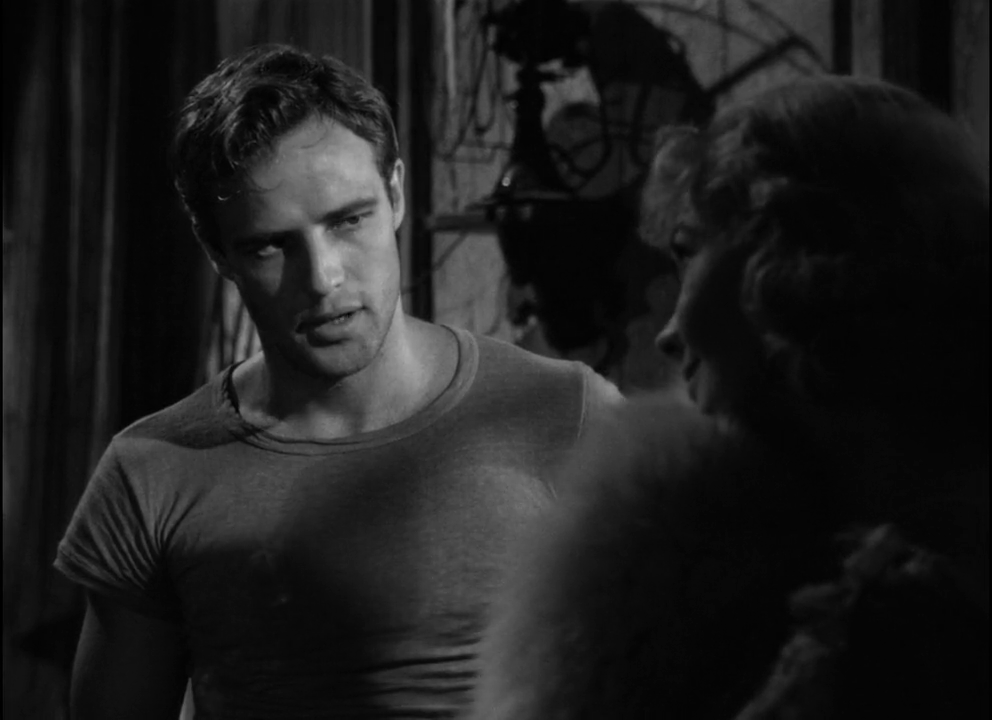
- Kim Hunter as Stella Kowalski
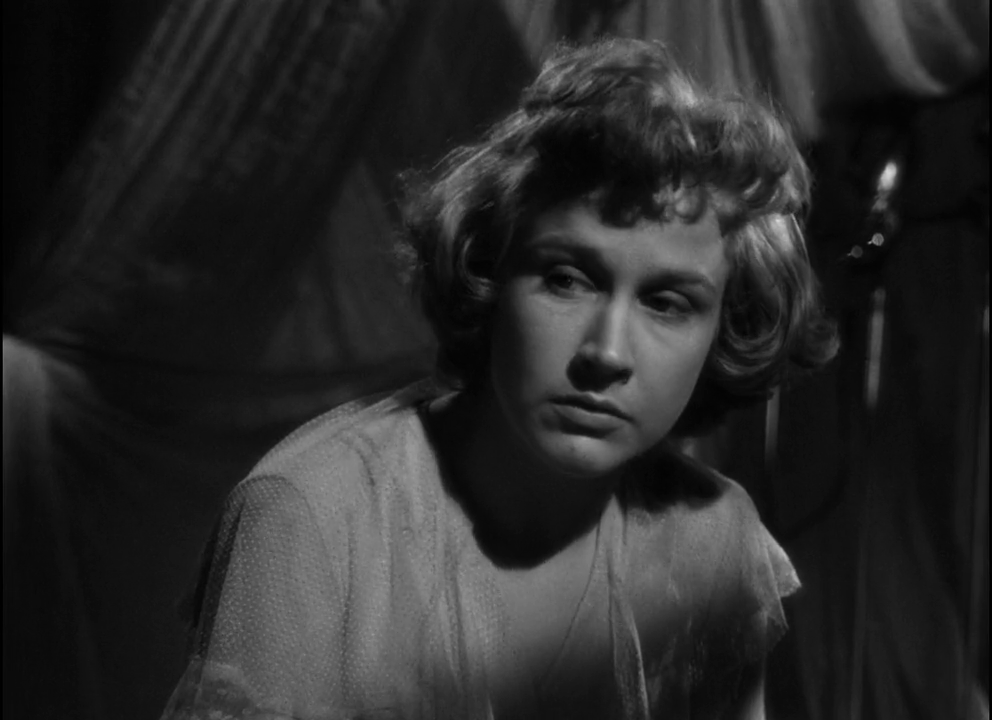
- Karl Malden as Mitch

- Harry Stradling’s cinematography


- Atmospheric sets
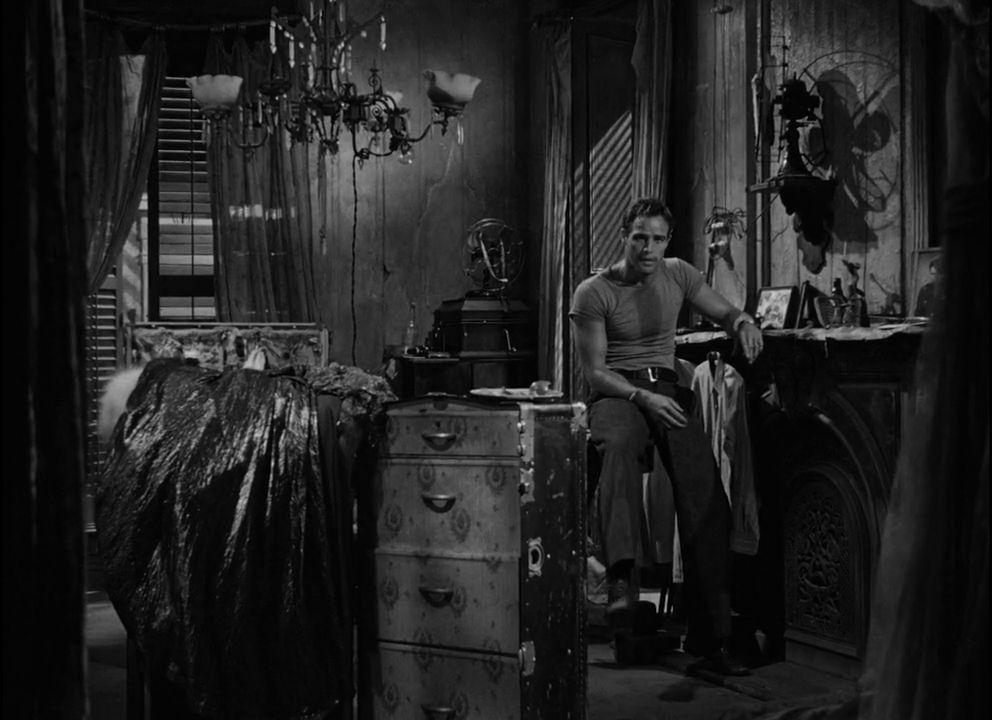
- Alex North’s score
Must See?
Yes, as a powerful cinematic adaptation of a classic play.
Categories
- Genuine Classic
- Oscar Winner or Nominee
(Listed in 1001 Movies You Must See Before You Die)
Links:
|
